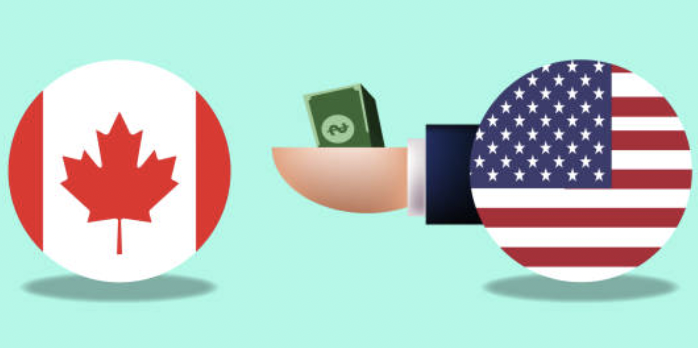
Daniel Rogers
Apr 28, 2022 10:04
The AUD/JPY pair has drawn offers near 91.60 in the early Tokyo session, as investors await the Bank of Japan's (BOJ) monetary policy decision on Thursday. Since Wednesday, the pair has been swinging within a narrow range of 91.02-91.98 due to market participants' concern regarding the release of the BOJ's interest rate decision.
According to market expectations, the BOJ will maintain the status quo by maintaining current interest rates. Japan's inflation rate, at 1.2 percent, is the highest since October 2018 but remains much lower than the aim of 2%. Additionally, Japan's growth rate has not yet returned to pre-pandemic levels, implying that a rate hike decision is ruled out. Thus, an ultra-loose monetary policy will continue to be critical, and additional stimulus packages may be offered.
Meanwhile, the odds of the Reserve Bank of Australia (RBA) hiking rates have increased, mostly as a result of the Australian Bureau of Statistics reporting annual Australian inflation at 5.1 percent. Consumer Price Index (CPI) reading came in significantly higher than the forecasted 4.6 percent. Additionally, the quarterly CPI came in at 2.1 percent, exceeding expectations of 1.7 percent. The RBA stated at its most recent monetary policy meeting that they are not seeing any meaningful price pressure that would require them to announce a rate hike, and have adopted a data-dependent strategy for additional guidance. Now, the tide may be turning in May in favor of aggressive monetary policy.



Apr 28, 2022 10:11